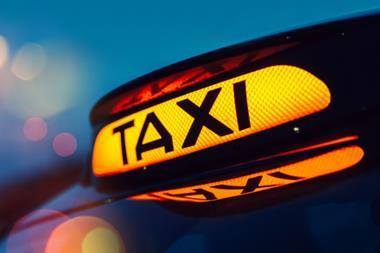Gefion’s bankruptcy repeats the familiar tale of unrated insurers
By Content Director Saxon East
It was entirely predictable.

The Danish regulator has declared unrated insurer Gefion bankrupt.
The real question to come out of this latest mess is this: why do brokers, with all the warning signs, still place business with risky unrated insurers ?
The warning signs
If brokers had read Insurance Times, they would have picked up all the warning signs that Gefion was highly risky.
Let’s look back at some of our headlines.
From the get go, the whole Gefion project appeared incredibly risky.
It was growing fast. It’s not unusual for a motor player to grow its book in the first few years unprofitably to get volume and then stabilise out later on.
However, Gefion was doubling its book every year and quickly reported having nearly a quarter of a billion pounds in premiums via UK MGA and broker deals.
It was writing high risk business, such as taxis, and then undercutting the blue chip insurers on prices.
Yet the brokers kept coming.
One broker, Cover My Cab, switched taxi policies from collapsed unrated insurer Alpha to Gefion.

Premium finance providers, worried by Gefion, moved to protect themselves.
Meanwhile, Gefion started culling UK MGA deals amid profit issues.
The biggest red flag happened when the Danish regulator declared Gefion had over-stated its solvency back in July 2019.
From then on, brokers started to lose faith in Gefion almost as quickly as the Danish authorities, which eventually revoked the insurer’s licence to operate.
The losers are Gefion’s ex-partners Tansar and Staveley Head, which got in too deep with the Danish carrier.
Perhaps the biggest losers of all are those customers still trying to resolve claims amid the fallout.
The story of Gefion is one where the headlines screamed trouble.
Sadly though, brokers will always be enticed by the idea of building volume in high risk lines through completive capacity with unrated and dubiously-capitalised insurers.
And in the end, it’s their customers who end up paying the price.
Hosted by comedian and actor Tom Allen, 34 Gold, 23 Silver and 22 Bronze awards were handed out across an amazing 34 categories recognising brilliance and innovation right across the breadth of UK general insurance.




















































No comments yet